- full price € 15 at the box office - € 14 online
- reduced price € 12 at the box office - € 11 online
– for young people aged between 18 and 25 (not yet turned 25);
– for groups of 15 people or more;
– La Galleria Nazionale, Museo Ebraico di Roma ticket holders;
– upon presentation of ID card or badge: Accademia Costume & Moda, Accademia Fotografica, Biblioteche di Roma, Centro Sperimentale di Cinematografia, Enel (for badge holder and accompanying person), FAI Fondo Ambiente Italiano, Feltrinelli, Gruppo FS, IN/ARCH Istituto Nazionale di Architettura, Sapienza Università di Roma, LAZIOcrea, Palazzo delle Esposizioni, Amici di Palazzo Strozzi, Accademia Nazionale di Santa Cecilia, Scuola Internazionale di Comics, Teatro Olimpico, Teatro dell’Opera di Roma, Teatro di Roma, Università degli Studi di Roma Tor Vergata, Youthcard; - open € 18
valid for one year from the date of purchase
- free
– minors under 18 years of age;
– myMAXXI cardholders;
– on your birthday presenting an identity document;
– upon presentation of EU Disability Card holders and or accompanying letter from hosting association/institution for: people with disabilities and accompanying person, people on the autistic spectrum and accompanying person, deaf people, people with cognitive disabilities and complex communication needs and their caregivers, people with serious illnesses and their caregivers, guests of first aid and anti-violence centres and accompanying operators, residents of therapeutic communities and accompanying operators;
– MiC employees;
– journalists who can prove their business activity;
– European Union tour guides and tour guides, licensed (ref. Circular n.20/2016 DG-Museums);
– 1 teacher for every 10 students;
– AMACI members;
– CIMAM International Committee for Museums and Collections of Modern Art members;
– ICOM members;
– from Tuesday to Friday (excluding holidays) European Union students and university researchers in art history and architecture, public fine arts academies (AFAM registered) students and Temple University Rome Campus students;
– IED Istituto Europeo di Design professors, NABA Nuova Accademia di Belle Arti professors, RUFA Rome University of Fine Arts professors;
– upon presentation of ID card or badge: Collezione Peggy Guggenheim a Venezia, Castello di Rivoli Museo d’Arte Contemporanea, Sotheby’s Preferred, MEP – Maison Européenne de la Photographie;
Collection
MAXXI’s Collection of Art and Architecture represents the founding element of the museum and defines its identity. Since October 2015, it has been on display with different arrangements of works.
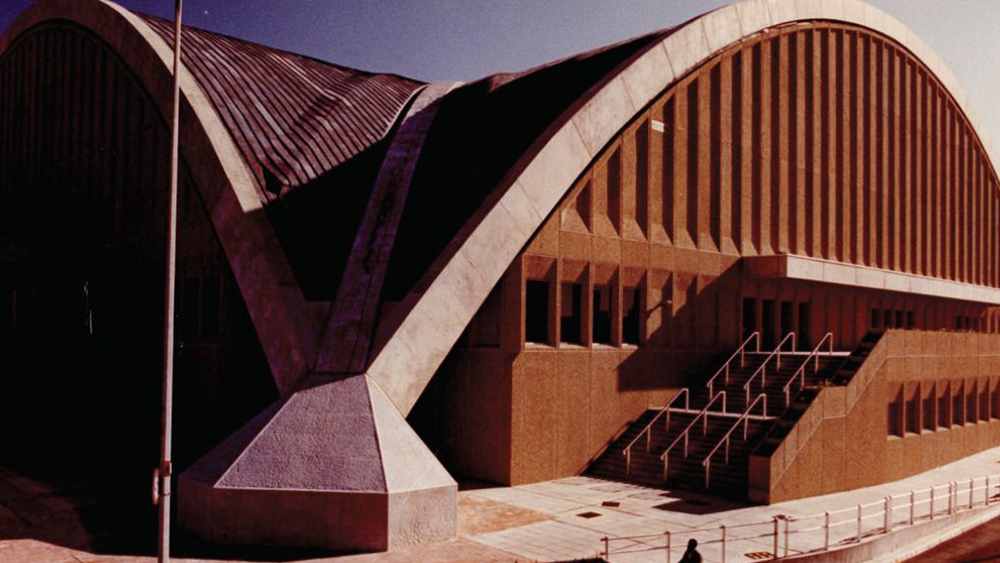
other upcoming events
7 Jun 2025 > 8 Jun 2025 03.00 pm
MAXXIperTUTTI“amor ch’a null’amato”theatre in the dark
7 Jun 2025 04.30 pm
MAXXIperTUTTIIo sono colorelab in LIS
13 Jun 2025 06.00 pm
talkAnachronic Renaissanceby Alexander Nagel and Christopher S. Wood
17 Jun 2025 06.00 pm
stadiums stories: designing the mythStadiums. Back to the futurewith Moira Valeri
18 Jun 2025 05.00 pm
MAXXIperTUTTIIl Museo si raccontaguided tours in LIS






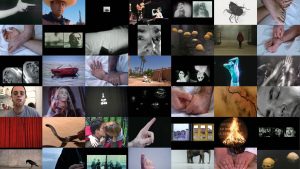
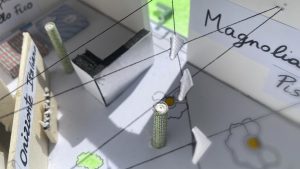




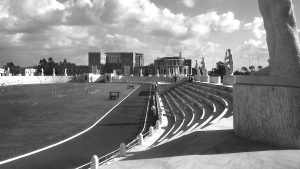


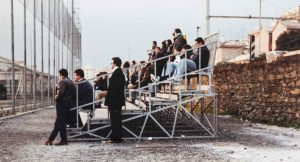
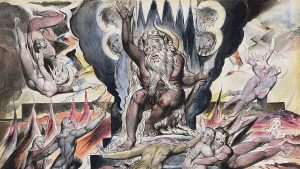
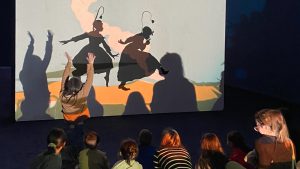
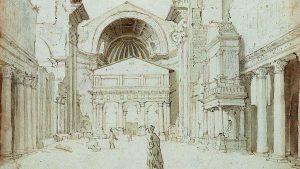




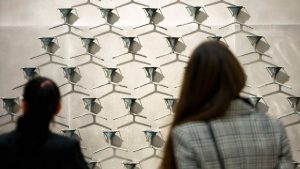


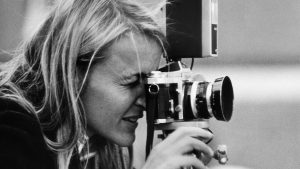
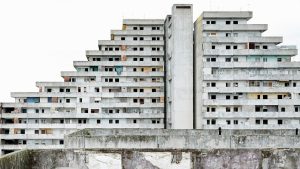
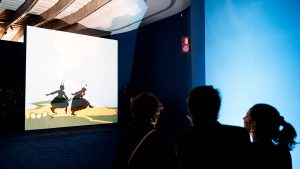



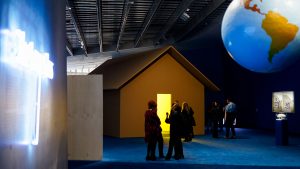


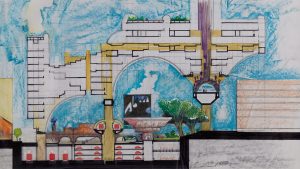
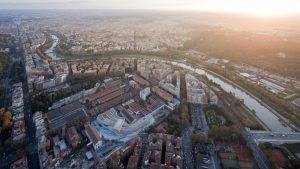
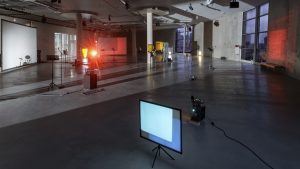

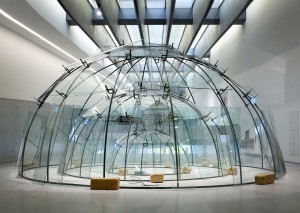
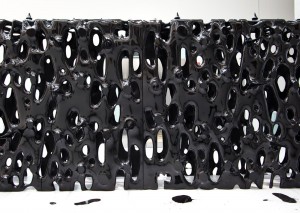
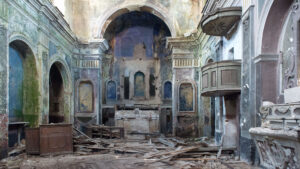




Zeitz Museum of Contemporary Art Africa – Cape Town, South Africa
A lecture by Micaela Antonucci and Gabriele Neri
The aim of this lecture is to shed light on the Good Hope Centre in Cape Town, an exceptional building designed by the famous Italian engineer and architect Pier Luigi Nervi (1891-1979), who is internationally considered as one of the masters of 20th-century reinforced concrete structures. The first contacts between Nervi and the City of Cape Town started in 1964, but the project was approved in the following decade and was inaugurated in 1977. It offers various outstanding features. On the one hand, the Good Hope Centre is one of Pier Luigi Nervi’s last works, featuring some of his most famous building techniques and architectural forms: i.e. the precast concrete roof, which was at that time the largest concrete cross vault in the world. On the other hand, the building had also a social and political value: when it opened to the public, it was supposed to be open to all races, raising the issue of discrimination in the entertainment field and the problem of multiracial audiences.
Conceived by Pier Luigi Nervi at the end of his glorious career, in collaboration with his son Antonio, his office and local architects Colyn & Mering, the Good Hope Centre can be considered a remarkable example of Italian design from the 1960s and 1970s. Its shape was at the same time modern and linked to the greatest Italian architecture of the past: the Good Hope Centre’s roof is, in fact, part of a long-lasting process of reinterpretation of the cupola, a building typology that characterized the history of Italian architecture from the Pantheon to Brunelleschi, from Michelangelo to Borromini.
Micaela Antonucci, Architect, PhD, she is Assistant Professor in History of Architecture at the Alma Mater Studiorum – University of Bologna. Since 2014, she’s a member of the Board of the Reseach PhD in Architecture of the University of Bologna and Coordinator of the Publishing series of the Department of Architecture of Bologna. In 2014 she obtained the National Scientific Qualification to function as Associate Professor.
Gabriele Neri, Architect, PhD, he studied at the Milan Polytechnic and the FAUP of Porto (Portugal). Gained a PhD in History of Architecture and Urban Planning at the Polytechnic of Turin with a thesis on the Italian engineer Pier Luigi Nervi. He is Adjunct Professor of History of Design and Architecture at the Polytechnic of Milan (Italy) from 2011. He is researcher and teaching assistant at the Academy of Architecture of Mendrisio (Switzerland).
INFO: www.zeitzmocaa.museum